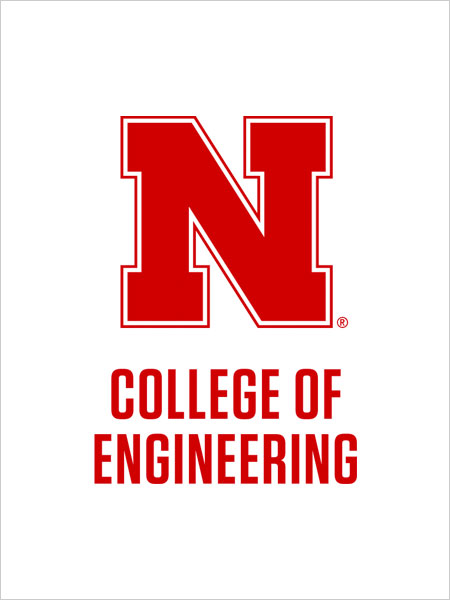Ph.D. - MME
About Me:
Educational Background:
B.S., Industrial Engineering, Isfahan University of Technology, Isfahan, Iran
M.S., Industrial Engineering, Shahed University, Tehran, Iran
Ph.D., Engineering, University of Nebraska-Lincoln, Lincoln, Nebraska
Research Topic (s):
Smart Additive Manufacturing: Sensing and Data Analytics for In-Process Monitoring of Metal Additive Manufacturing
Teaching Experience:
Teaching Assistant (Quality assurance), Binghamton University, Systems Science & Industrial Engineering Department, Binghamton, NY
Skills:
- · Python · R · SQL · SAS · C · Tableau · NumPy $ Scipy · Pandas · Matplotlib · Scikit-learn · Deep Learning · Machine Learning · Predictive Modeling · Statistical Modeling · Signal Processing · Image Analysis · Regression · MATLAB · Minitab
Personal/Professional Profiles (LinkedIn, ResearchGate, Google Scholar, etc.):
www.linkedin.com/in/mohammadmontazeri
https://scholar.google.com/citations?user=Jcwx9bMAAAAJ&hl=en
Comments:
Work Experience:
1- Data Scientist, LAMPS Lab, University of Nebraska 08/2015 – Present o online analysis of build condition in additive manufacturing using signal processing and image analysis of 8 GB NIST sensor data. Improved the classification accuracy by more than 35% in comparison with conventional data analytics techniques (neural networks, support vector machines, and linear discriminant analysis).
o In-process control of additive manufacturing feed stock contamination using Hotelling’s T2 statistical control chart of 12 GB sensor data provided by Edison Welding Institute (EWI). As a result, type II statistical error (failing to detect material contamination) and computational time in comparison with stochastic time series such as Autoregressive models (ARMA) decreased by 10% and >90% respectively.
o Prediction of porosity in additive fabricated parts using graph theoretic machine learning approaches such as, neural networks, K-nearest neighbors, decision trees, and support vector machines. The prediction accuracy of the porosity level increased by 15% compared with traditional statistical moments. 5 GB data provided by the Applied Research Laboratory (ARL) at Penn State.
o Data Fusion in order to classify the porosity patterns using random-walk kernel and support vector machine. The classification accuracy of 85% for two-level prediction and 70% for three-level where the conventional statistical algorithms are unable to detect. 92 GB data provided by Applied Research Laboratory (ARL) at Penn State.
2- Quality Systems Data Analyst, KIA Motors 01/2010 – 08/2015 o Analyzed quality control data using statistical modeling to assess measurement variation and define system improvements. Furthermore, redesigning the procedures, automation, and instrumentation within constraints of customer requirements. o Applied data cleaning, regression, and classification on a +20GB product data using SAS and MATLAB, providing Quality Deficiency Reports (QDR) and Material Discrepancy Reports (MDR) which led to the identification of commercial product anomalies.
3- Data Analyst, Moallem Insurance Company 04/2007 – 01/2010 o Retrieved Data from databases via SQL and compiled all QMS required metrics to comply with Quality and Program Goals. o Performed Statistical analysis resulted from Quality Assurance Surveillance Plan (QASP) and represented them using data visualization products.
